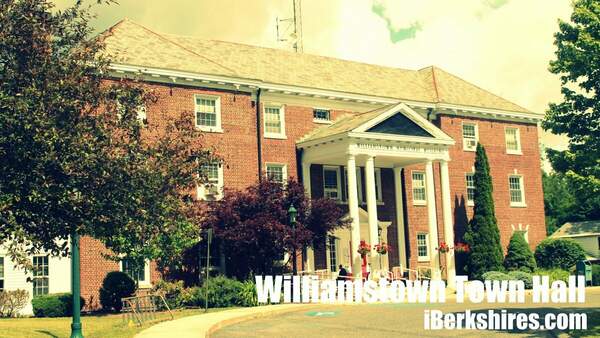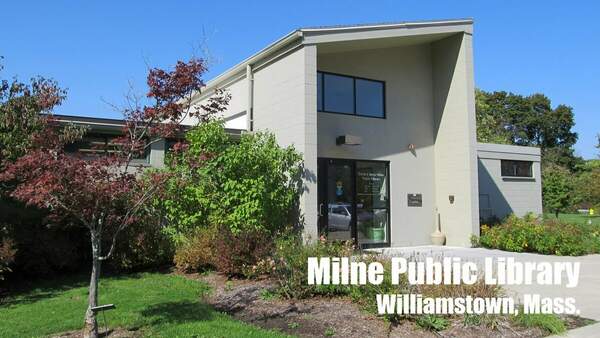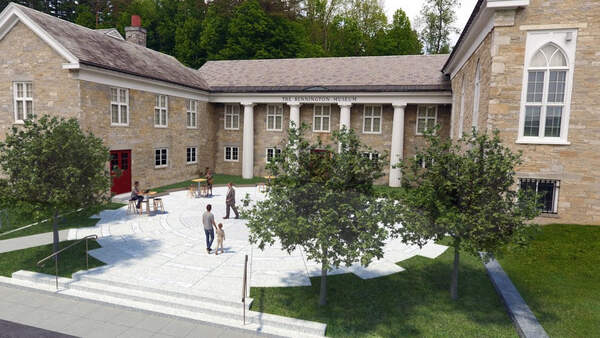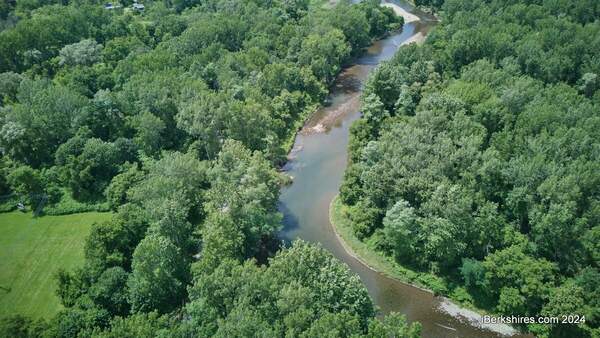Williamstown Commission Presents Wetlands Bylaw
 |
| A portion of Williamstown showing DEP protected areas in light blue and bylaw areas in yellow. |
"I know there's a lot of fear out there that this will be some great expanse of things or that we'll be creating new wetlands," said Commissioner Thomas Ennis. But a ditch will remain a ditch and a wet yard will be just that, a wet yard, he assured the Selectmen on Monday. "That's not going to change."
The bylaw would extend protection to vernal pools, intermittent streams emptying into bogs and marshes, and isolated wetlands not covered by the state's Wetlands Protection Act.
An attempt to place the bylaw before voters last year was abandoned after the Selectmen and others sharply criticized its formulation and language as well as the need for more buffer zones on private properties. On Monday night, commission members Ennis, Chairman Philip McKnight and Richard Schlesinger presented a new version of the bylaw, along with a PowerPoint presentation, designed to address the Selectmen's earlier concerns. If they hoped for an easier path this time, however, they were disappointed.
Conservation Commission map of identified wetlands in Williamstown
Several selectmen raised concerns over the bylaw's affect on property owners and whether the language could be interpreted more restrictively by future commissioners.
Selectman Thomas Costley, who was not on the board during last year's questioning, wanted to know what the "catalyzing event" was that tripped the need for more protection.
Most states cover all intermittent streams, but Massachusetts left out the upland ones even if they are larger than the protected ones, replied Ennis. "We're the only ones who have this little exception. ...
"It was a loophole written into the Wetlands Protection Act for no scientific reason whatsoever ... that particular clause was put into the [act], and I'm quoting from the [conservation commissioners'] handbook, 'for political reasons only.'
"The catalyzing event: it doesn't make any sense," Ennis said. The commissioners said more than a hundred towns and cities have adopted their own bylaws to extend the protection.
Commissioner Philip McKnight said the state already covers just under 5,000 acres in town; the bylaw would add nearly 600 more, or an increase of about 12 percent.
Even if the bylaw "is beautifully written it seems very, very broad to me," said Costley, who suggested it could be used by some to prevent development.
The commissioners said it was written along the same lines as the Wetlands Protection Act and would follow the definitions used by that act.
Selectwoman Jane Allen questioned the increase in the number of protected areas from last year. McKnight said it was because the state Department of Environmental Protection reviewed the maps and found the state covered far more than they had thought. The result was more "blue," or state-protected land on the commission's map of the town than "yellow," or bylaw-protected land, than last year.
"It makes me wonder what the map will look like next year," said Allen, who expressed her concern over the 240 properties that would be affected by the bylaw. "It's still questionable to me and it's still people's property. ... It's going to impact what they can do with their property."
The bylaw would create a 100-foot buffer zone around protected areas and require a Conservation Commission review of any new construction or significant expansion within that buffer zone. It will be reviewed by town counsel.
Gardner Returns
Sarah Gardner, who was ousted from the Planning Board nearly two years ago, was appointed unanimously by the Selectmen to the Conservation Commission on Monday night. She is associate director of Williams College's Center for Environmenal Studies.
Only two of the selectmen who voted on the Planning Board reappointment in 2006 are still on the board: Allen, who voted against, and Chairman David A. Rempell, who voted for.
The controversy over Gardner and other issues related to the Planning Board sparked the call for an elected, rather than an appointed, panel. Voters will elect five members of the Planning Board for the first time at this year's town election.















